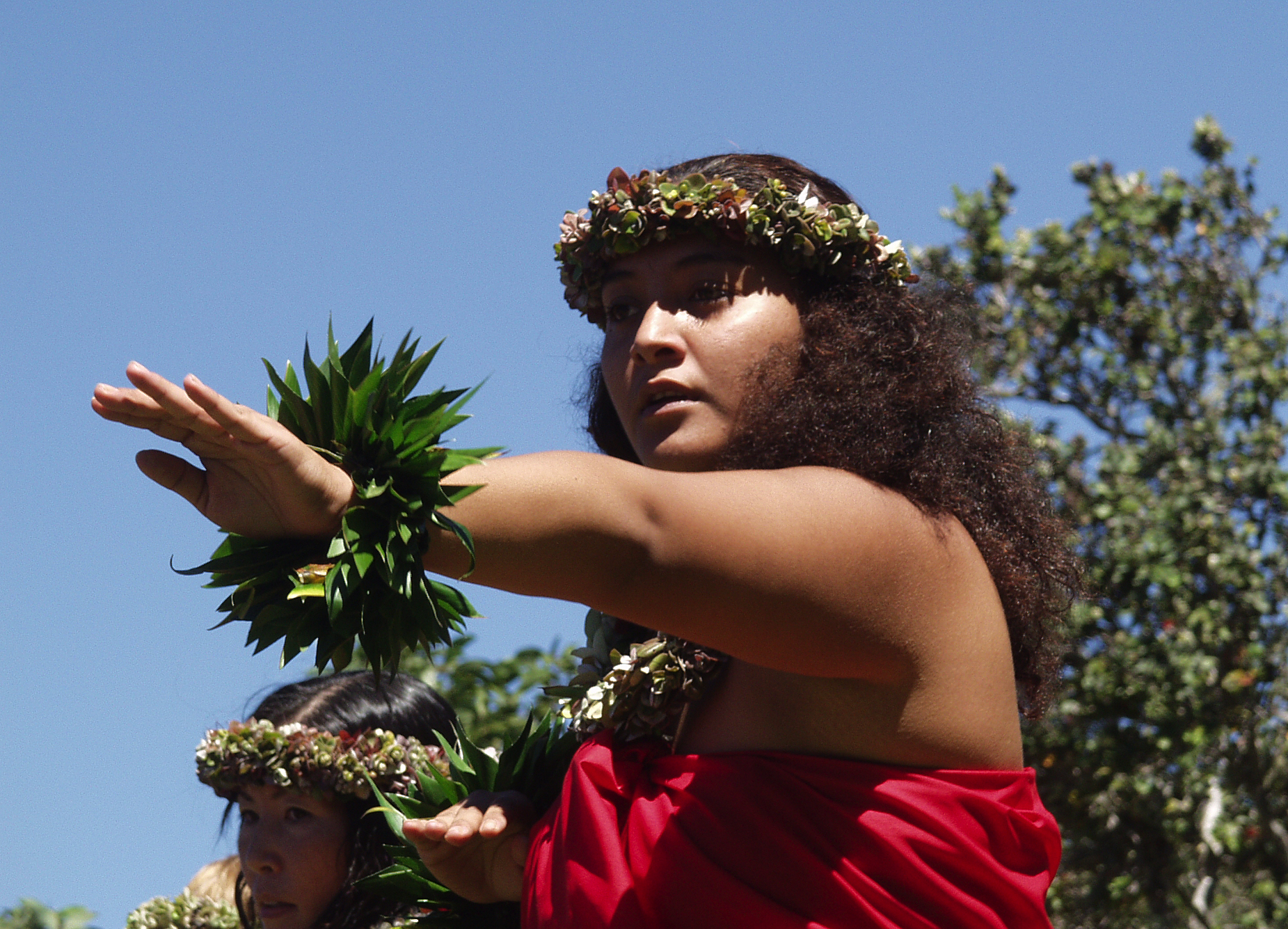|
Nalani Kanakaʻole
Nalani Kanakaʻole (born March 19, 1946) is an American Hawaiian kumu hula (hula teacher) at Hālau o Kekuhi, the dance company. The daughter of Edith Kanakaʻole, she leads Hālau o Kekuhi along with her niece Huihui Kanahele-Mossman. In 1993, she and her sister, Pualani Kanakaʻole Kanahele, were jointly named National Heritage Fellows by the National Endowment for the Arts, which recognized them as "Hula Masters". Early life and education Kanakaʻole was raised on homestead lands in Keaukaha, Hilo, Hawaii, in a traditional Hawaiian fashion. She first learned hula from her grandmother, Mary Kekuewa Kanaele Fujii. She was 13 years old when her mother Edith Kanakaʻole started work as a hula teacher, and began teaching hula herself at the age of 14 in 1960. Her family spoke the Hawaiian language Hawaiian (', ) is a critically endangered Polynesian language of the Austronesian language family, originating in and native to the Hawaiian Islands. It is the native langu ... [...More Info...] [...Related Items...] OR: [Wikipedia] [Google] [Baidu] |
Kumu Hula
Hula () is a Hawaiian dance form expressing chant (''oli'') or song ( ''mele''). It was developed in the Hawaiian Islands by the Native Hawaiians who settled there. The hula dramatizes or portrays the words of the oli or mele in a visual dance form. There are many sub-styles of hula, with the two main categories being Hula ʻAuana and Hula Kahiko. Ancient hula, performed before Western encounters with Hawaii, is called ''kahiko''. It is accompanied by chant and traditional instruments. Hula, as it evolved under Western influence in the 19th and 20th centuries, is called ''auana'' (a word that means "to wander" or "drift"). It is accompanied by song and Western-influenced musical instruments such as the guitar, the ukulele, and the double bass. Terminology for two additional categories is beginning to enter the hula lexicon: "Monarchy" includes any hula which were composed and choreographed during the 19th century. During that time the influx of Western culture created signifi ... [...More Info...] [...Related Items...] OR: [Wikipedia] [Google] [Baidu] |
